Home>Garden Essentials>How Long Can Seeds Be Stored
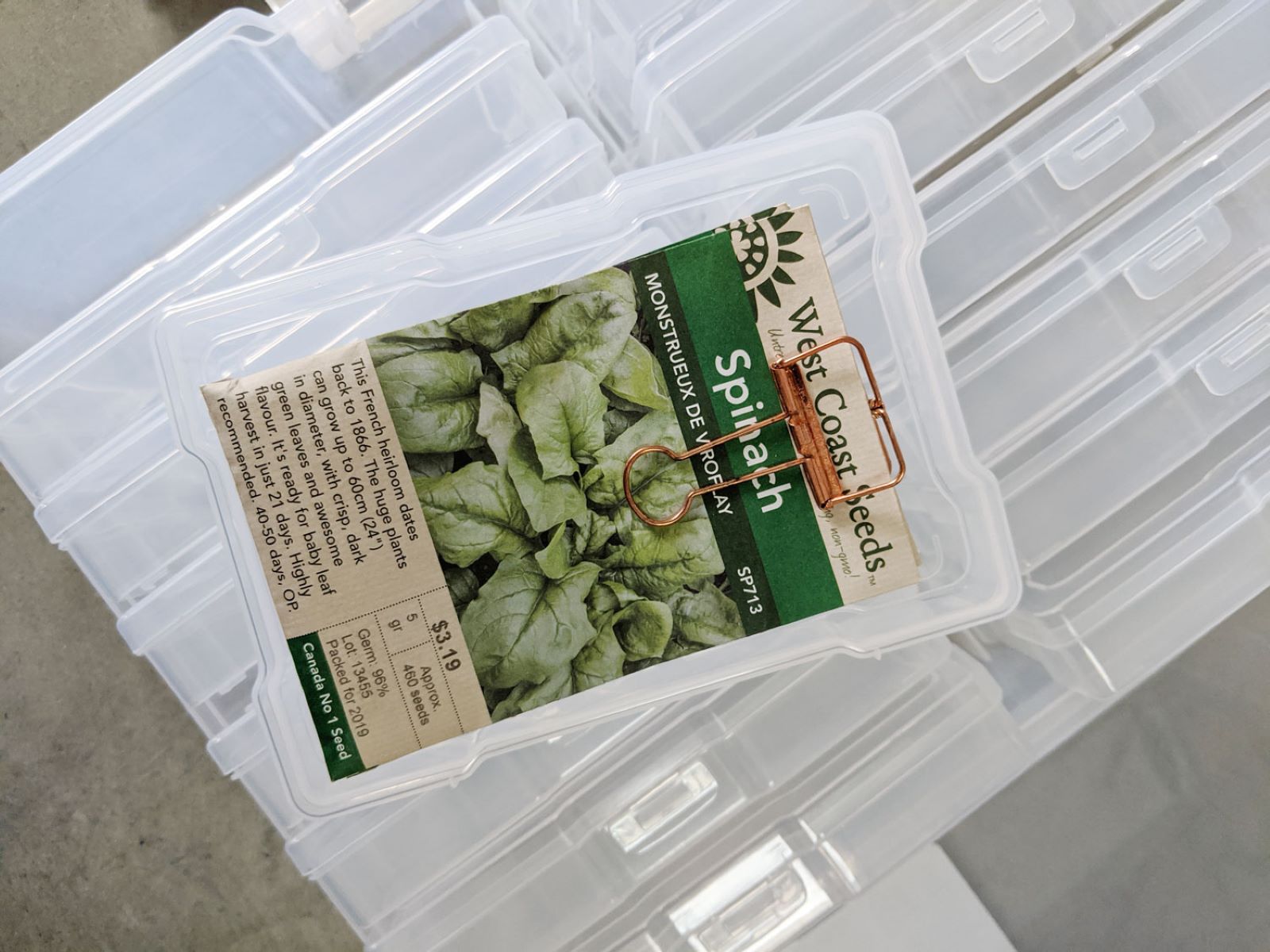

Garden Essentials
How Long Can Seeds Be Stored
Modified: March 16, 2024
Discover how long garden seeds can be stored and preserved effectively for optimal germination. Explore the best storage methods and lifespan of different seed types.
(Many of the links in this article redirect to a specific reviewed product. Your purchase of these products through affiliate links helps to generate commission for Storables.com, at no extra cost. Learn more)
Introduction
Gardening enthusiasts and avid plant collectors often find themselves facing the dilemma of what to do with a surplus of seeds. Whether it’s the result of a successful harvest or an abundance of seed packets, the question arises: how long can seeds be stored?
The answer to this question depends on several factors, including the type of plant, the quality of the seeds, and the conditions in which they are stored. Understanding these factors and following proper storage techniques can greatly extend the viability of seeds, ensuring successful germination when the time comes.
Seeds are essentially a plant’s life in a dormant state. They contain all the necessary genetic material and nutrients required for a new plant to grow. However, they are also delicate and sensitive to environmental conditions. Exposure to moisture, heat, and light can significantly reduce their viability over time.
For avid gardeners and seed savers, it is important to know the optimal conditions for seed storage and how to maintain those conditions to preserve seed quality. This knowledge can help to extend the lifespan of seeds and ensure a fruitful garden in the future.
In this article, we will explore the factors that affect seed storage, the optimal conditions for storing seeds, techniques for extending seed longevity, and how to test seed viability.
So, if you’re wondering how long you can keep those extra seeds in your stash, continue reading to discover the best practices for seed storage and preservation.
Key Takeaways:
- Proper seed storage involves keeping seeds in cool, dark, and dry conditions to maintain their viability and ensure successful germination in the future. Using airtight containers and desiccants helps preserve seed quality.
- Testing seed viability through germination tests or water float tests allows gardeners to assess the likelihood of successful seed sprouting, helping them plan their planting strategy effectively and save time and effort.
Read more: How Long Can I Store Heirloom Seeds
Factors Affecting Seed Storage
Several factors can significantly impact the viability and longevity of stored seeds. Understanding these factors is crucial for maintaining seed quality and ensuring successful germination in the future.
1. Moisture: Excess moisture is the biggest enemy of stored seeds. It can lead to premature germination or the growth of mold and bacteria, which can cause the seeds to rot. It is important to store seeds in a dry environment with low humidity levels to prevent moisture from damaging them.
2. Temperature: The temperature at which seeds are stored plays a vital role in their longevity. High temperatures can reduce seed viability, while low temperatures can slow down metabolic processes, preserving seed quality. Generally, storing seeds in a cool and stable temperature environment, such as a refrigerator or a cool cellar, is recommended.
3. Light: Light can trigger seed germination and accelerate the aging process, particularly for light-sensitive seeds. To preserve seed viability, it is important to store them in opaque containers or envelopes that block out light completely.
4. Oxygen: Exposure to air and oxygen can lead to seed deterioration. Oxygen can cause oxidative damage to the seeds, reducing their viability. To minimize oxygen exposure, it is advisable to store seeds in airtight containers or vacuum-sealed bags.
5. Seed Quality: The quality of seeds at the time of storage plays a significant role in their longevity. Seeds that are mature, healthy, and free from diseases or pests tend to have higher storage potential. It is important to select high-quality seeds for storage to maximize their viability.
6. Seed Type: Different plant species have varying storage requirements. Some seeds, such as tomatoes and peppers, have a shorter shelf life and should ideally be used within a year. In contrast, seeds of certain plants, such as beans and corn, can remain viable for several years. Understanding the specific storage requirements of different seed types is essential for successful seed storage.
By considering these factors and implementing proper storage techniques, you can significantly extend the lifespan of your stored seeds, providing you with a continuous supply of viable seeds for future plantings.
Optimal Conditions for Seed Storage
Creating the optimal conditions for seed storage is crucial for maintaining the viability and germination potential of stored seeds. Here are the key factors to consider:
1. Temperature: The ideal temperature for seed storage is around 40°F to 50°F (4°C to 10°C). This temperature range helps to slow down the seed’s metabolic processes, preserving their quality and viability. Avoid exposing seeds to extreme temperatures, as this can cause damage and reduce germination rates.
2. Humidity: Low humidity levels are essential to prevent moisture-related issues and seed deterioration. Aim for a relative humidity of 30% to 40% when storing seeds. Using desiccants, such as silica gel packets or rice, can help absorb excess moisture and maintain optimal humidity levels.
3. Darkness: Seeds should be stored in a dark environment to protect them from light exposure. Light can trigger premature germination and affect seed quality. Store seeds in opaque containers, envelopes, or dark-colored glass jars to block out light completely.
4. Ventilation: Proper ventilation is necessary to prevent the buildup of moisture and the growth of mold and bacteria. Use breathable containers or envelopes that allow for air circulation while still protecting the seeds from excess moisture. Avoid fully sealing containers to allow for airflow.
5. Airtight Containers: While ventilation is important, it is equally crucial to protect seeds from oxygen exposure. Store seeds in airtight containers or vacuum-sealed bags to minimize the entry of oxygen and reduce the risk of seed deterioration due to oxidative damage.
6. Stability: Fluctuations in temperature and humidity can adversely affect seed viability. Choose a storage location that maintains a stable environment, free from drastic changes in temperature or humidity. Avoid storing seeds near sources of heat or moisture, such as radiators or basements prone to flooding.
7. Labeling: Properly label and date your stored seeds to keep track of their variety and age. This will help you prioritize older seeds for planting and ensure that you use them before their viability declines too much.
By following these optimal storage conditions, you can greatly prolong the viability of your seeds and increase the chances of successful germination when you’re ready to plant them.
Maximum Storage Durations for Common Plants
The storage duration of seeds can vary depending on the type of plant. While some seeds can remain viable for several years, others have a shorter shelf life. Here are some general guidelines for the maximum storage durations of common plants:
- Tomatoes: Tomato seeds can remain viable for about 4 to 7 years when stored under optimal conditions. However, it is best to use them within the first 2 to 3 years for optimal germination rates.
- Peppers: Pepper seeds have a shorter shelf life compared to tomatoes. They can remain viable for about 1 to 3 years when stored properly. It is recommended to use them within the first year or two for the highest germination rates.
- Lettuce: Lettuce seeds can be stored for up to 3 to 5 years under ideal conditions. However, it is best to use them within the first 2 to 3 years for the best germination rates.
- Beans: Bean seeds have excellent longevity and can remain viable for up to 3 to 5 years when stored correctly. They are known for their high germination rates even after several years of storage.
- Corn: Corn seeds can be stored for about 2 to 3 years and still maintain good germination rates. However, it is advisable to use them within the first 1 to 2 years for optimal results.
- Cucumbers: Cucumber seeds can be stored for about 5 to 7 years while still providing reasonable germination rates. However, using them within the first 3 to 4 years is recommended for the best chances of successful germination.
- Carrots: Carrot seeds have a slightly shorter storage life compared to other vegetables. They can remain viable for about 2 to 3 years if stored properly. It is advisable to use them within the first 1 to 2 years for the highest germination rates.
- Herbs: The storage duration of herb seeds can vary depending on the specific plant. Generally, most herb seeds can be stored for 1 to 3 years and still provide decent germination rates.
It is important to note that these maximum storage durations are general guidelines and can vary based on seed quality, storage conditions, and other factors. Always perform a germination test before planting stored seeds to ensure their viability.
Remember, when storing seeds, it is best to rotate your supply and use the older seeds first. By following proper storage techniques and utilizing the seeds within their recommended maximum storage duration, you can enjoy successful germination and vibrant plants in your garden for years to come.
Store seeds in a cool, dry place to extend their shelf life. Use airtight containers or sealable bags to prevent moisture and air from reaching the seeds. Label the containers with the seed type and date of storage.
Techniques for Extending Seed Longevity
Proper storage techniques can significantly extend the longevity of seeds, ensuring their viability for planting in the future. Here are some effective techniques to preserve seed quality:
1. Dry Seeds Properly: Before storing seeds, make sure they are thoroughly dried. Excess moisture can lead to mold and deterioration. Allow seeds to air dry on a paper towel or tray for several days, ensuring they are completely dry before storing them.
2. Use Suitable Containers: Choose containers that are airtight, moisture-resistant, and opaque. Glass jars with tight-fitting lids, metal tins, or vacuum-sealed bags are excellent options. Avoid using plastic bags or envelopes that allow moisture and air to penetrate.
3. Add Desiccants: Including desiccants in seed storage containers helps absorb excess moisture and maintain low humidity levels. Silica gel packets, rice, or powdered milk can be used as desiccants. Place them in a separate pouch or envelope within the container to avoid direct contact with the seeds.
4. Store in a Cool Environment: Temperature fluctuations can affect seed viability. Store seeds in a cool and stable environment, such as a refrigerator or cool cellar, where the temperature remains constant. Avoid storing them in areas prone to temperature extremes.
5. Avoid Freezing: While a cool environment is recommended, freezing seeds is generally not recommended. Freezing can damage the seed’s internal structure and reduce viability. Stick to cool temperatures above freezing for seed storage.
6. Regularly Check for Moisture: Periodically inspect stored seeds for any signs of moisture or condensation. If moisture is present, remove the seeds, allow them to air dry, and replace them in a fresh, dry container.
7. Label and Date Containers: Properly label each seed container with the seed variety and the date of storage. This information helps you keep track of seed age and prioritize older seeds for planting. It also prevents confusion and ensures you use the oldest seeds first.
8. Rotate Your Seed Supply: To prevent seeds from going past their maximum storage duration, it’s advisable to use older seeds first. Rotating your seed supply ensures that you are always using the freshest, most viable seeds for planting.
By implementing these techniques, you can significantly prolong the longevity of your stored seeds. With proper storage and care, you can continue to enjoy successful germination and a fruitful garden year after year.
Read more: How Long Can Heirloom Seeds Last
Testing Seed Viability
Testing the viability of stored seeds is essential to determine their germination potential before planting. Performing a simple seed viability test helps you assess the percentage of seeds that are still viable and adjust your planting strategy accordingly. Here are some common methods for testing seed viability:
1. Germination Test: The most straightforward and reliable method is the germination test. Start by placing a certain number of seeds, typically 10 to 20, on a moist paper towel or in a seed tray filled with damp soil. Keep the seeds in a warm and well-lit area, ensuring they remain consistently moist. Check the seeds daily and record the number of seeds that germinate. After a specified timeframe, usually 7 to 14 days, calculate the germination percentage based on the number of seeds that have successfully sprouted. This will give you an idea of the seed viability.
2. Water Float Test: This method is primarily used for large seeds, such as beans or peas. Start by placing the seeds in a container of water and gently agitate them. Viable seeds will usually sink to the bottom, while non-viable seeds tend to float on the surface. This test provides a quick indicator of seed viability, although it may not be as accurate as a germination test.
3. Seed Tetrazolium Test: This test involves treating seeds with a solution of tetrazolium chloride, which stains live (viable) tissue red or pink, while non-viable tissue remains white. This method provides a more accurate assessment of seed viability, as it allows for the visualization of viable and non-viable parts of the seed. However, it requires a bit more expertise and equipment, such as a microscope or magnifying glass, to examine the stained seeds.
4. Commercial Seed Testing: If you have a large quantity of seeds or want a more accurate and comprehensive evaluation of seed viability, you may consider sending samples to a professional seed testing laboratory. They use specialized techniques and equipment to determine the percentage of viable seeds and provide detailed reports on seed quality and germination potential.
5. Seed Vigor Testing: In addition to assessing viability, it is also essential to measure seed vigor. Seed vigor refers to the seed’s ability to germinate quickly and produce healthy seedlings. Vigorous seeds often have higher germination rates and better growth potential. Vigor testing involves evaluating factors such as seedling growth rate, root development, and resistance to stress conditions. This type of test is typically performed in seed testing laboratories.
Regularly testing the viability of your stored seeds ensures that you only use seeds with a high probability of successful germination. It allows you to plan and adjust your planting accordingly, saving time and effort on seeds that may not yield satisfactory results.
Conclusion
Proper seed storage is essential for maintaining the viability and longevity of seeds, ensuring successful germination and a bountiful garden. By understanding the factors that affect seed storage, following optimal storage conditions, and implementing techniques to extend seed longevity, you can preserve the quality of your seeds and maximize their germination potential.
Factors such as moisture, temperature, light, oxygen, seed quality, and seed type all play a role in determining how long seeds can be stored. By controlling these factors and providing the ideal storage conditions, you can significantly prolong the lifespan of seeds.
Creating the optimal conditions for seed storage involves storing seeds in cool, dry, dark, and stable environments. Using airtight, moisture-resistant containers and including desiccants helps to maintain low humidity levels. Proper labeling and rotation of seeds ensure that you use older seeds first, minimizing the risk of using low-viability seeds.
Regularly testing the viability of stored seeds through germination tests or other methods gives you the confidence to plant only viable seeds. Adjusting your planting strategy based on seed viability saves time and effort, resulting in a more successful garden.
Remember that while each plant species has a recommended maximum storage duration, seed viability can vary based on seed quality, storage conditions, and other factors. It’s always a good idea to perform a germination test or seek professional seed testing services to assess seed viability before planting on a larger scale.
In conclusion, by understanding the intricacies of seed storage and implementing proper techniques, you can extend the longevity of your seeds, preserve their quality, and enjoy successful germination. Whether you’re a passionate gardener, a seed saver, or simply someone who likes to have a stash of seeds on hand, following these practices ensures that your seeds remain viable and ready to bring forth new life in your garden for years to come.
Frequently Asked Questions about How Long Can Seeds Be Stored
Was this page helpful?
At Storables.com, we guarantee accurate and reliable information. Our content, validated by Expert Board Contributors, is crafted following stringent Editorial Policies. We're committed to providing you with well-researched, expert-backed insights for all your informational needs.
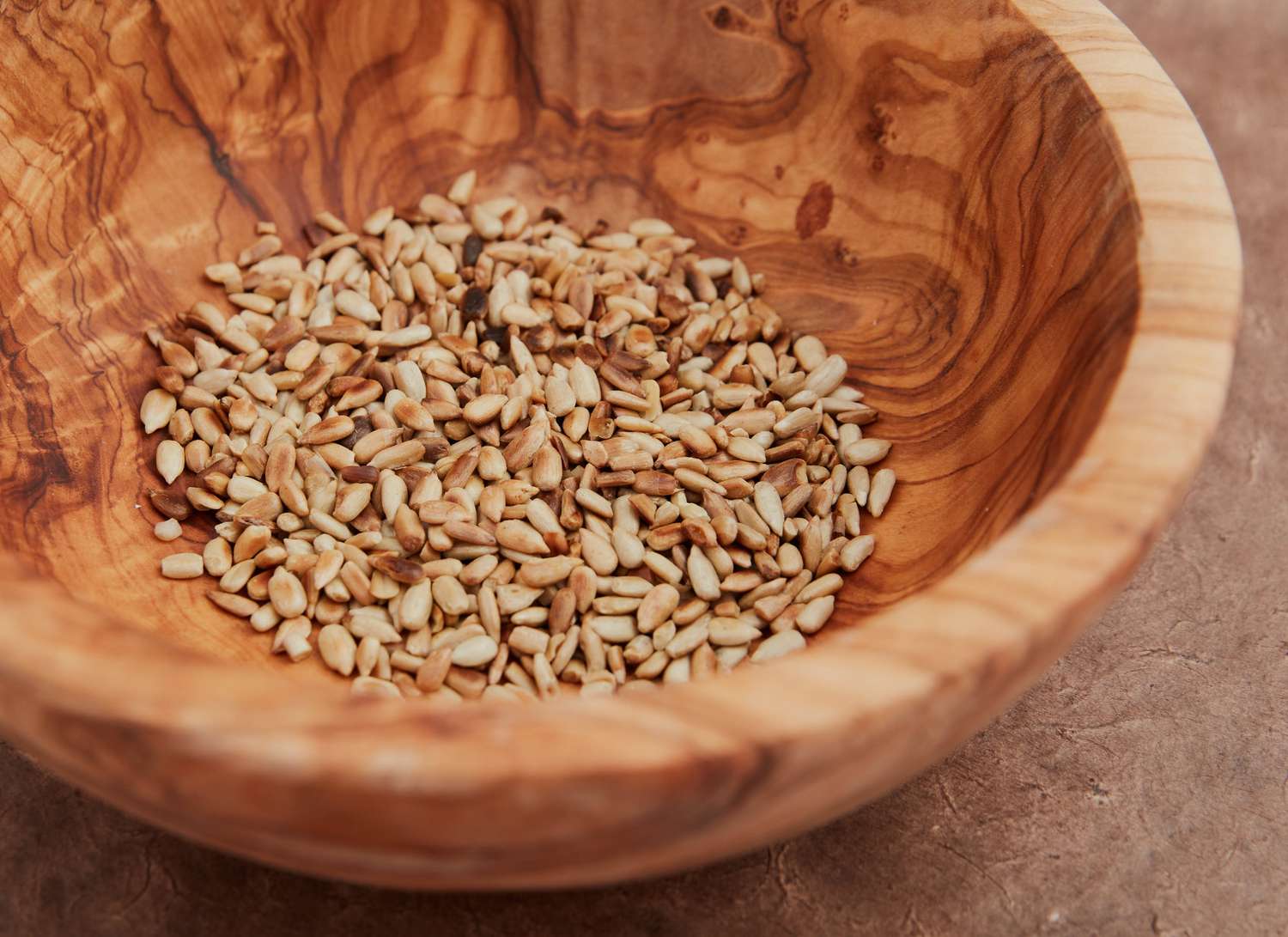
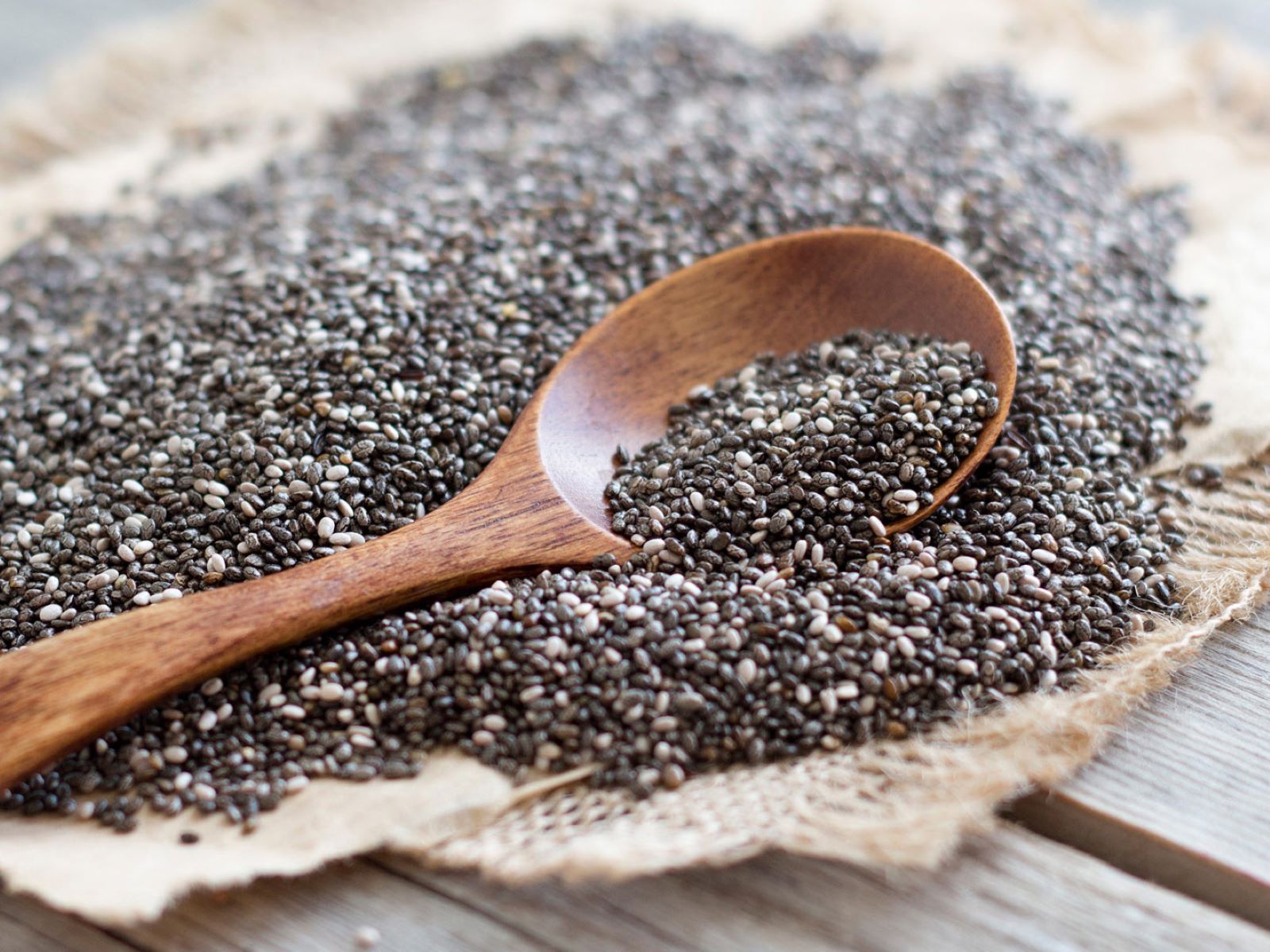
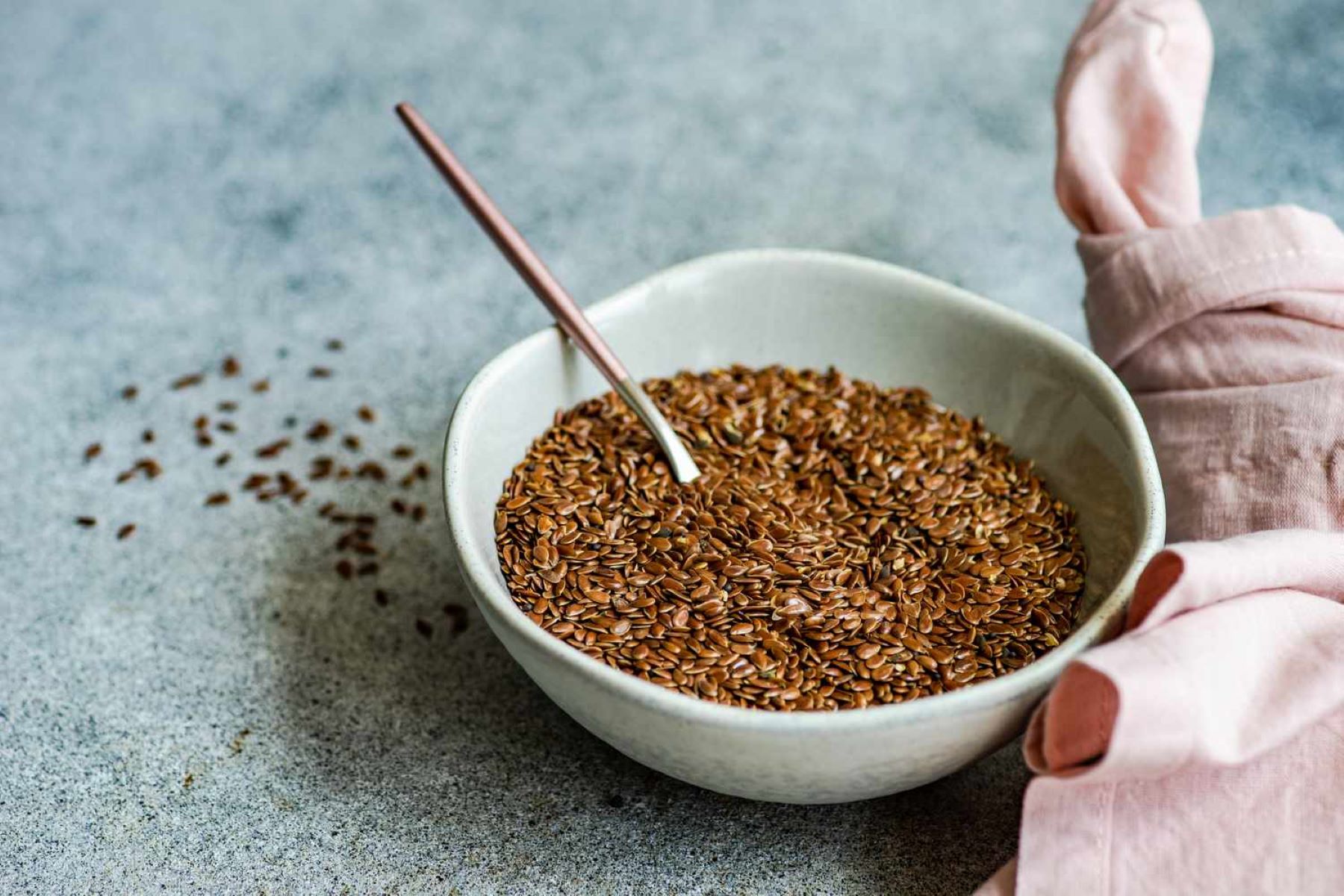
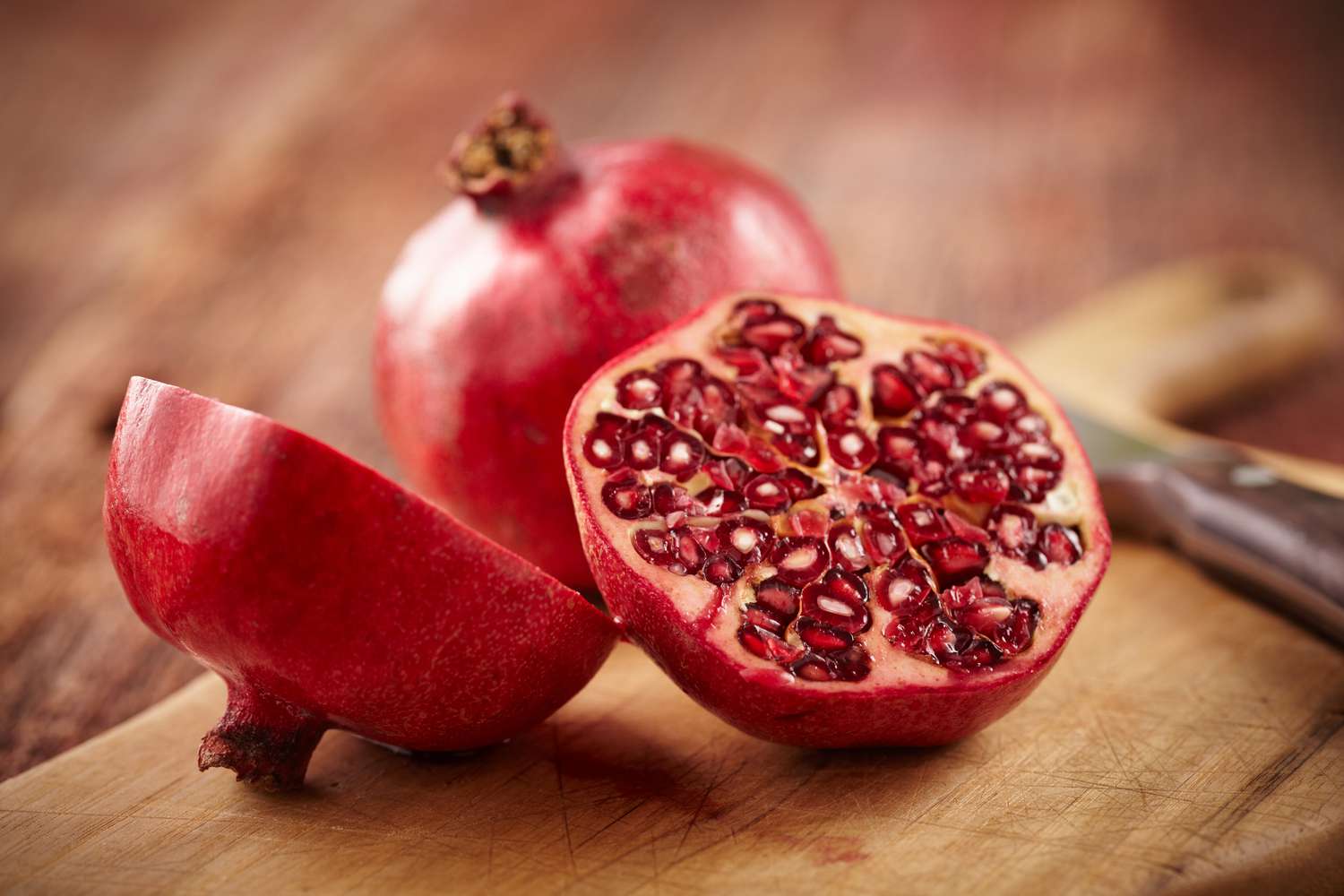
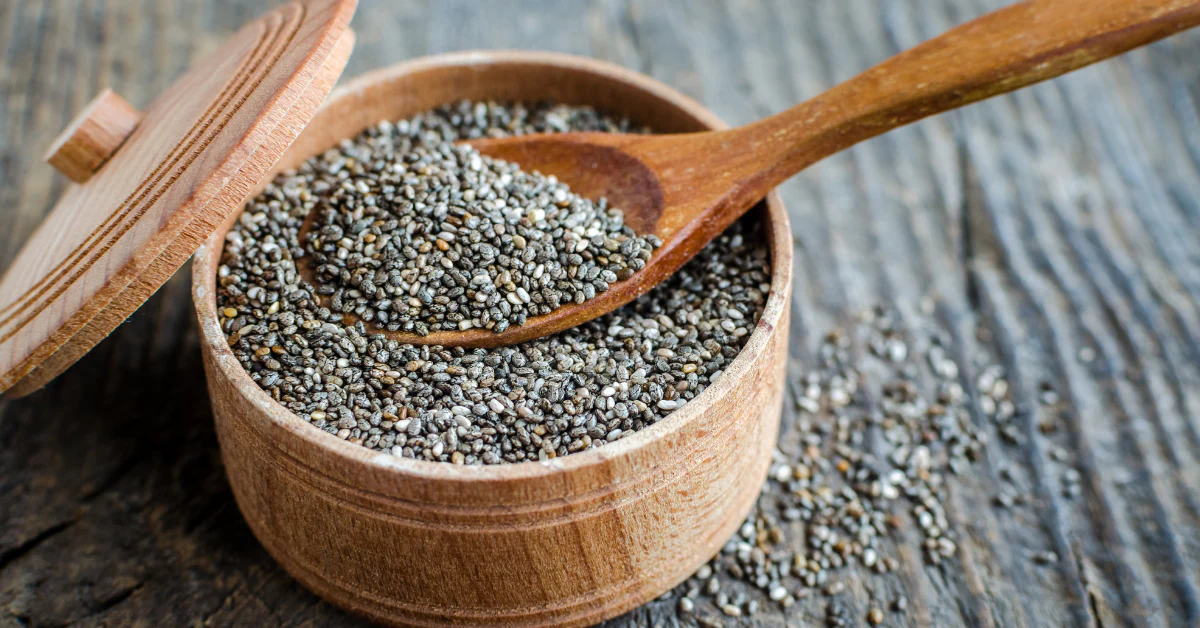
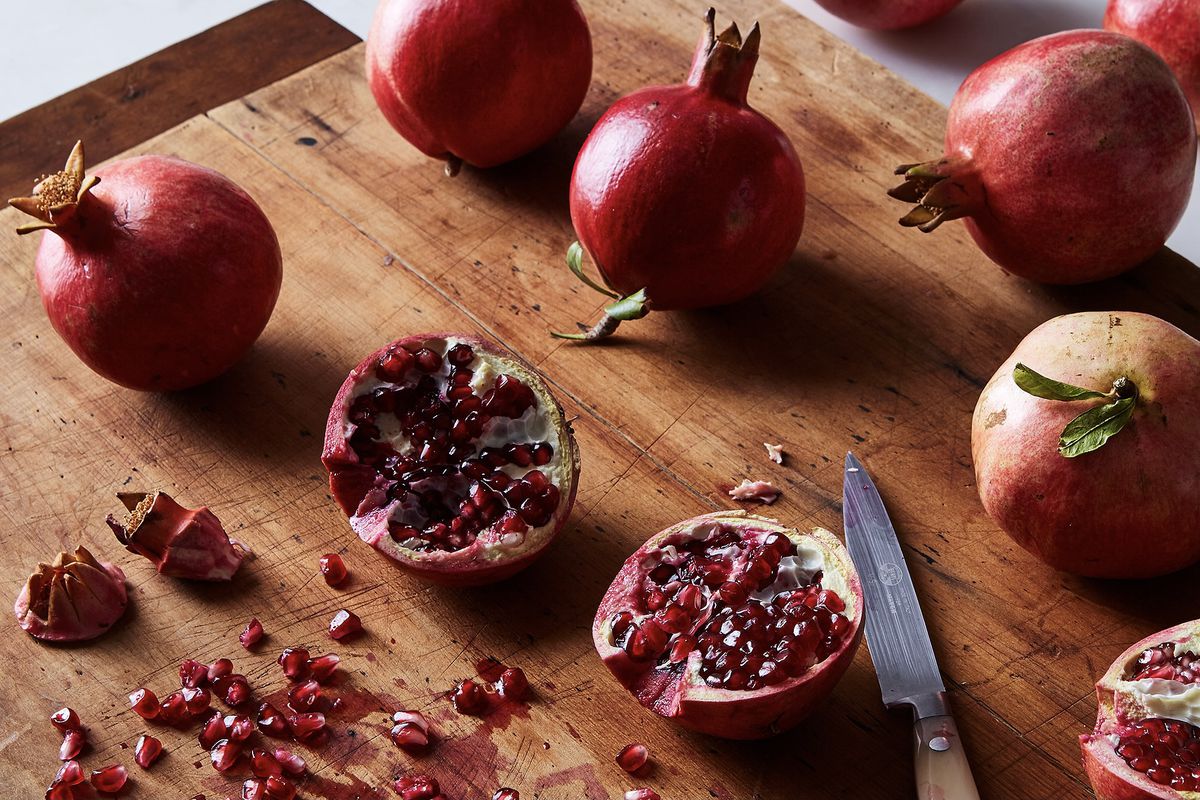
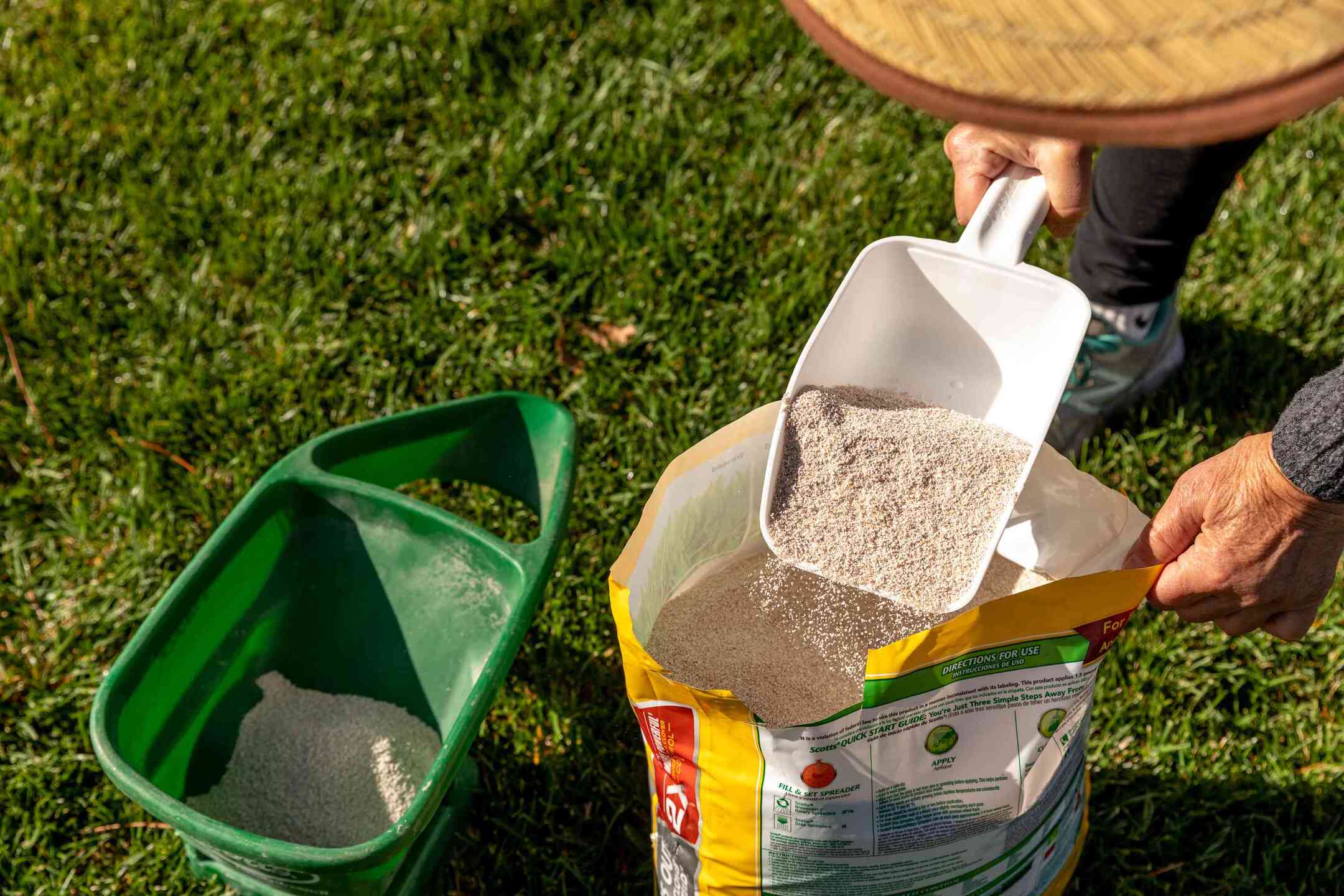
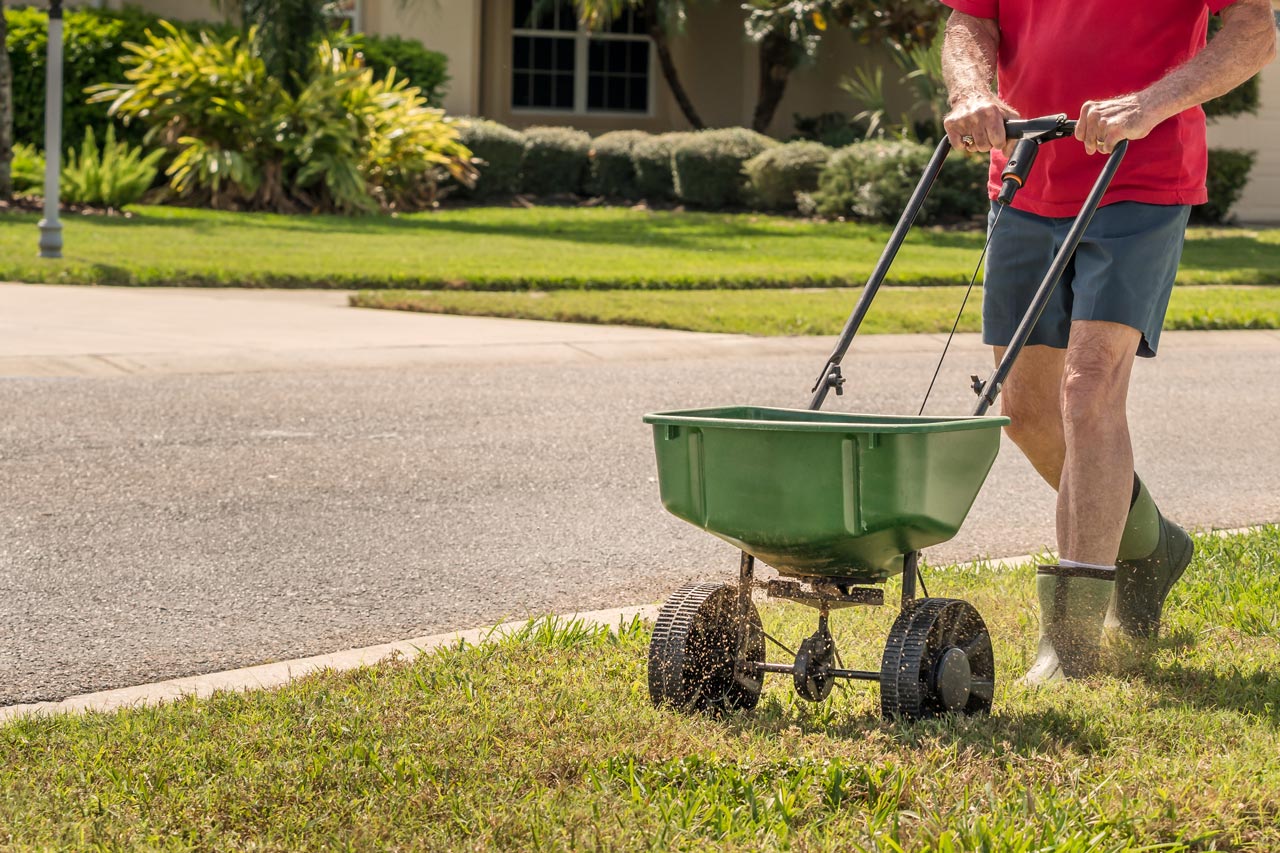
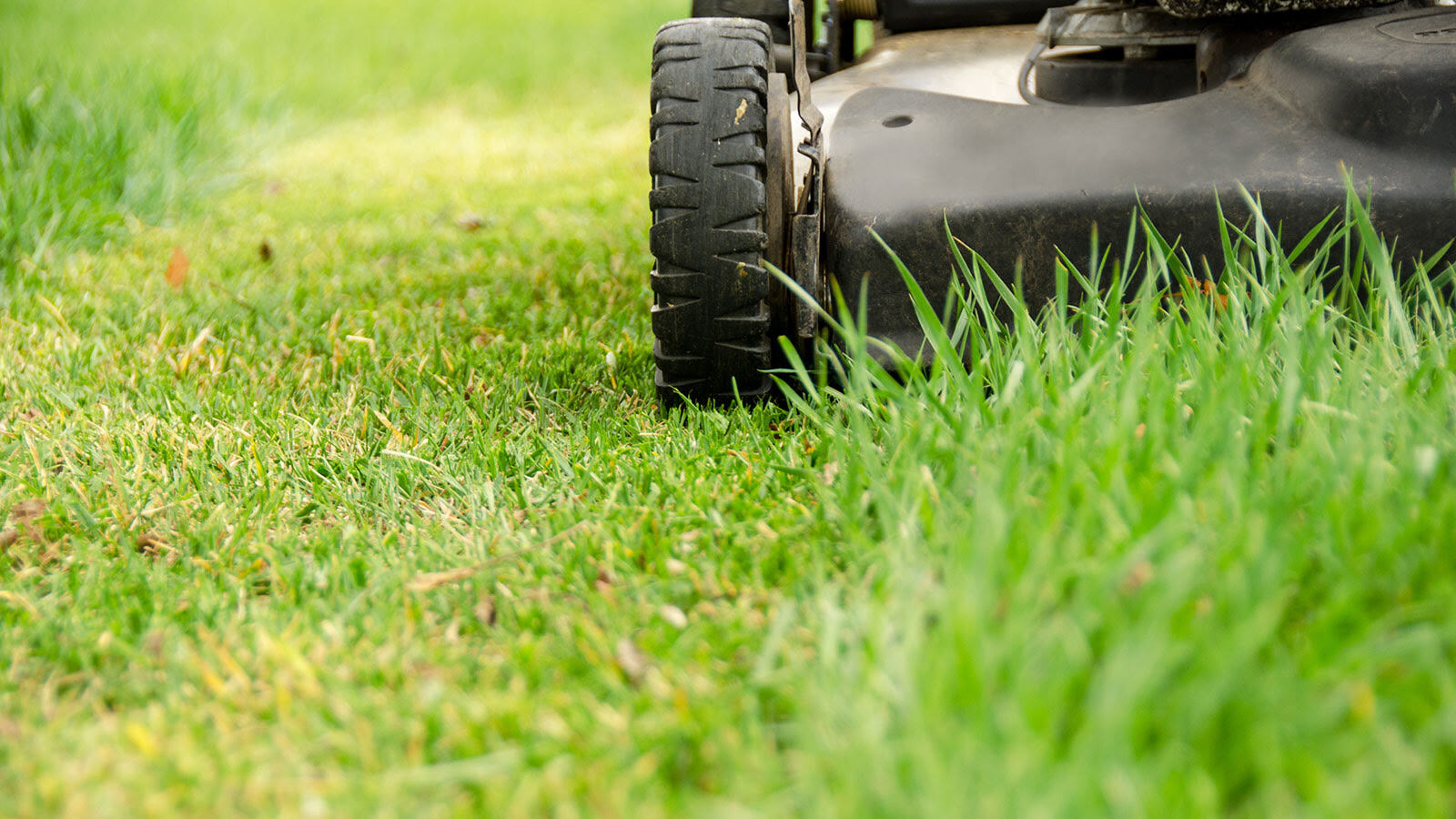
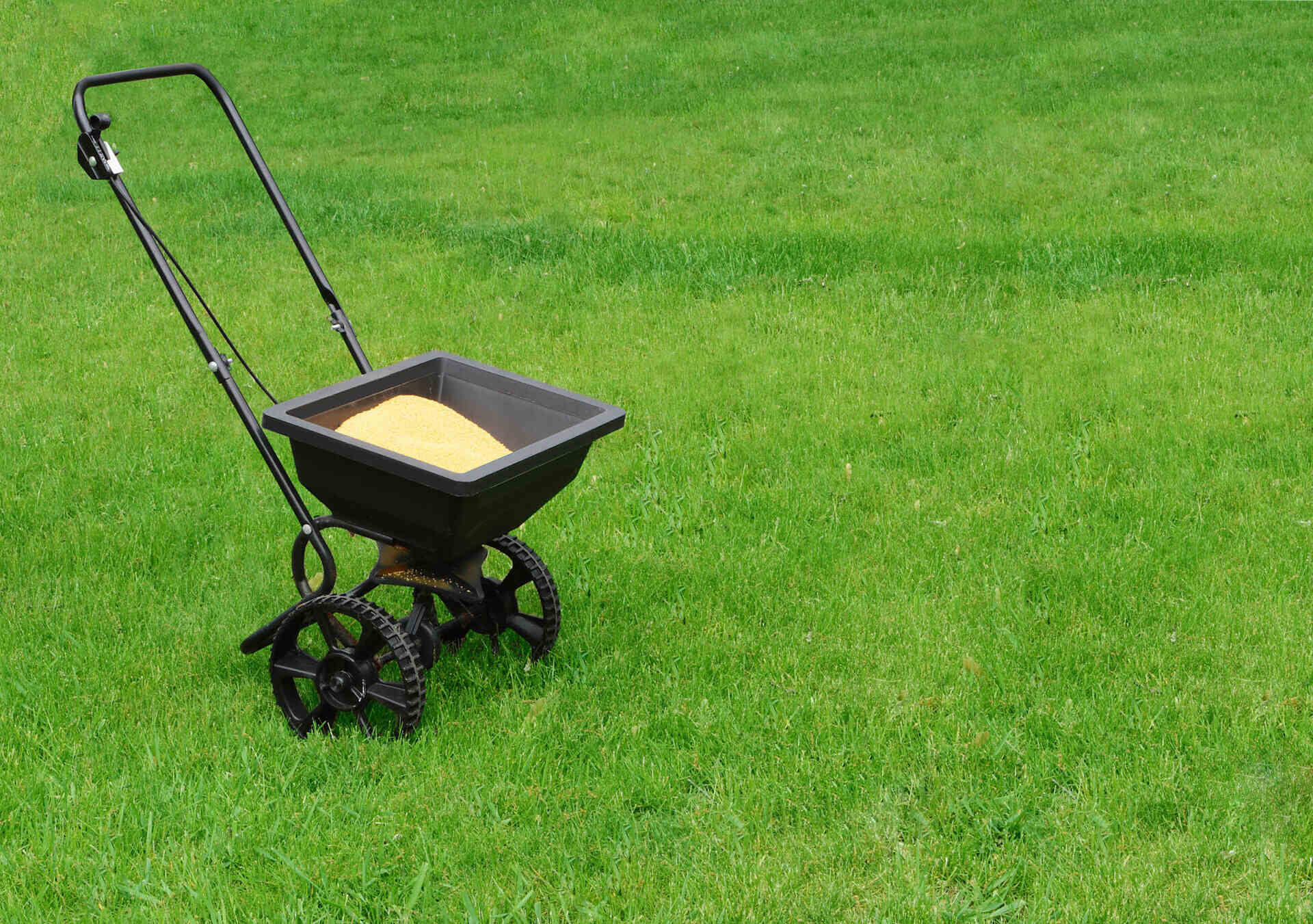
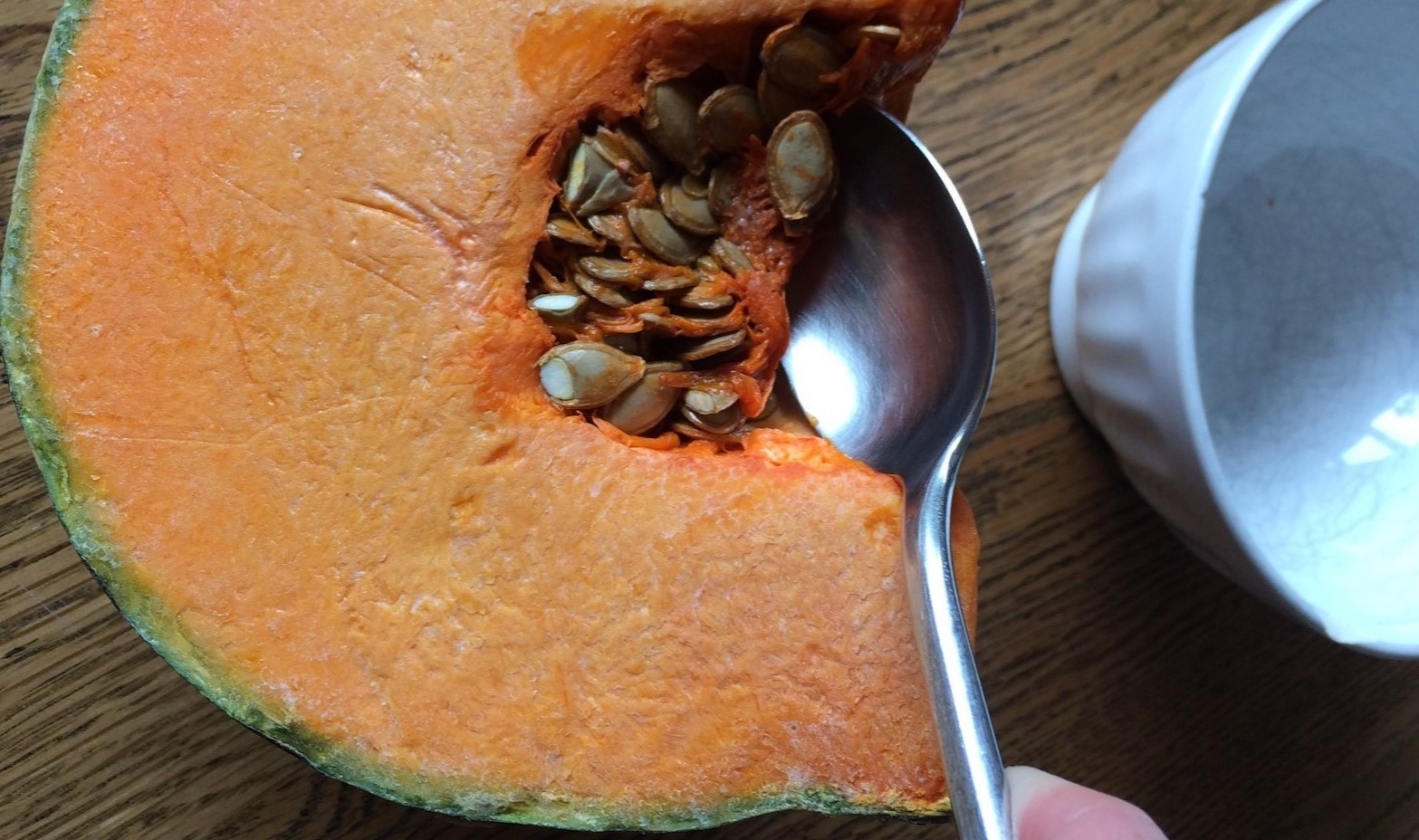
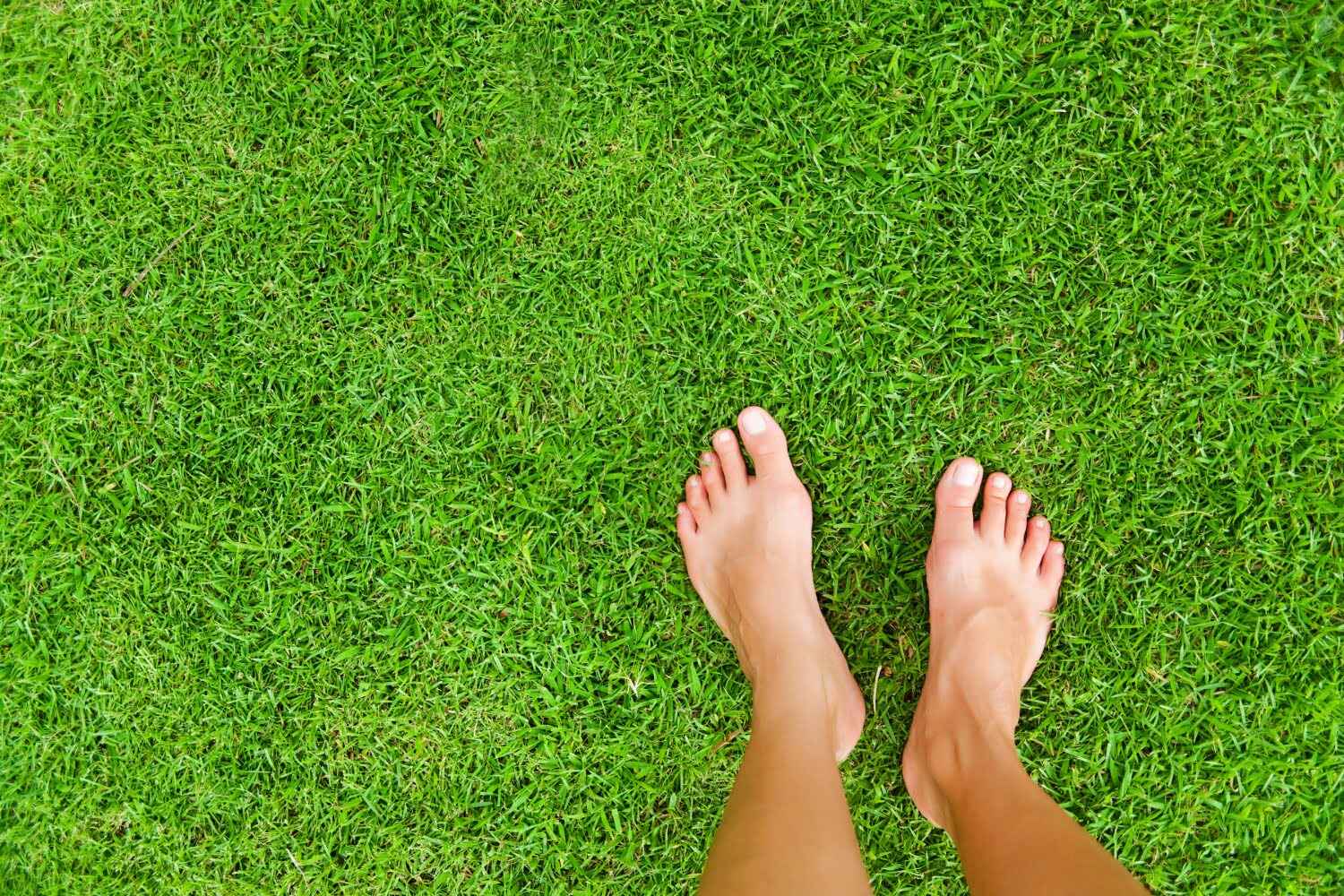
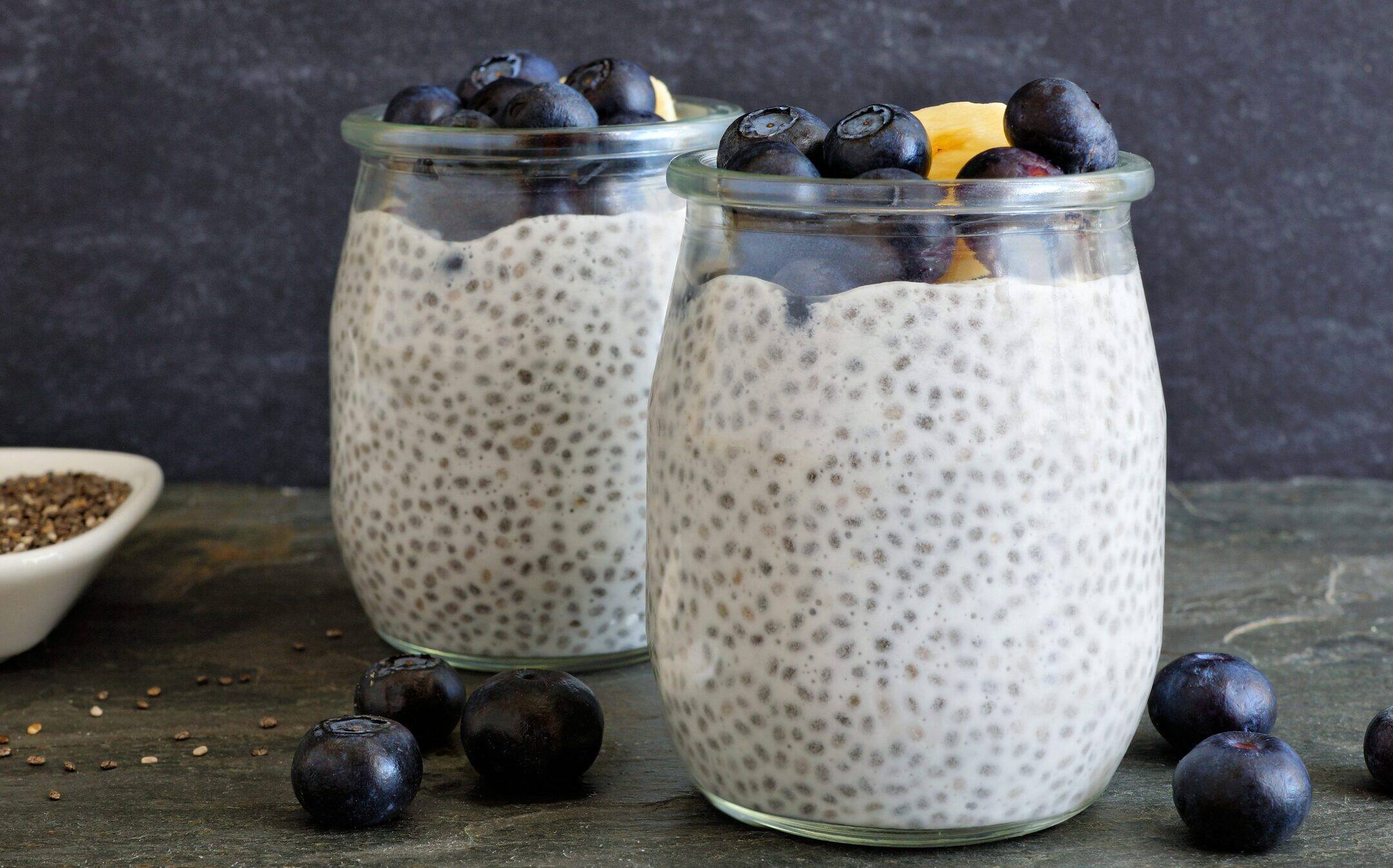
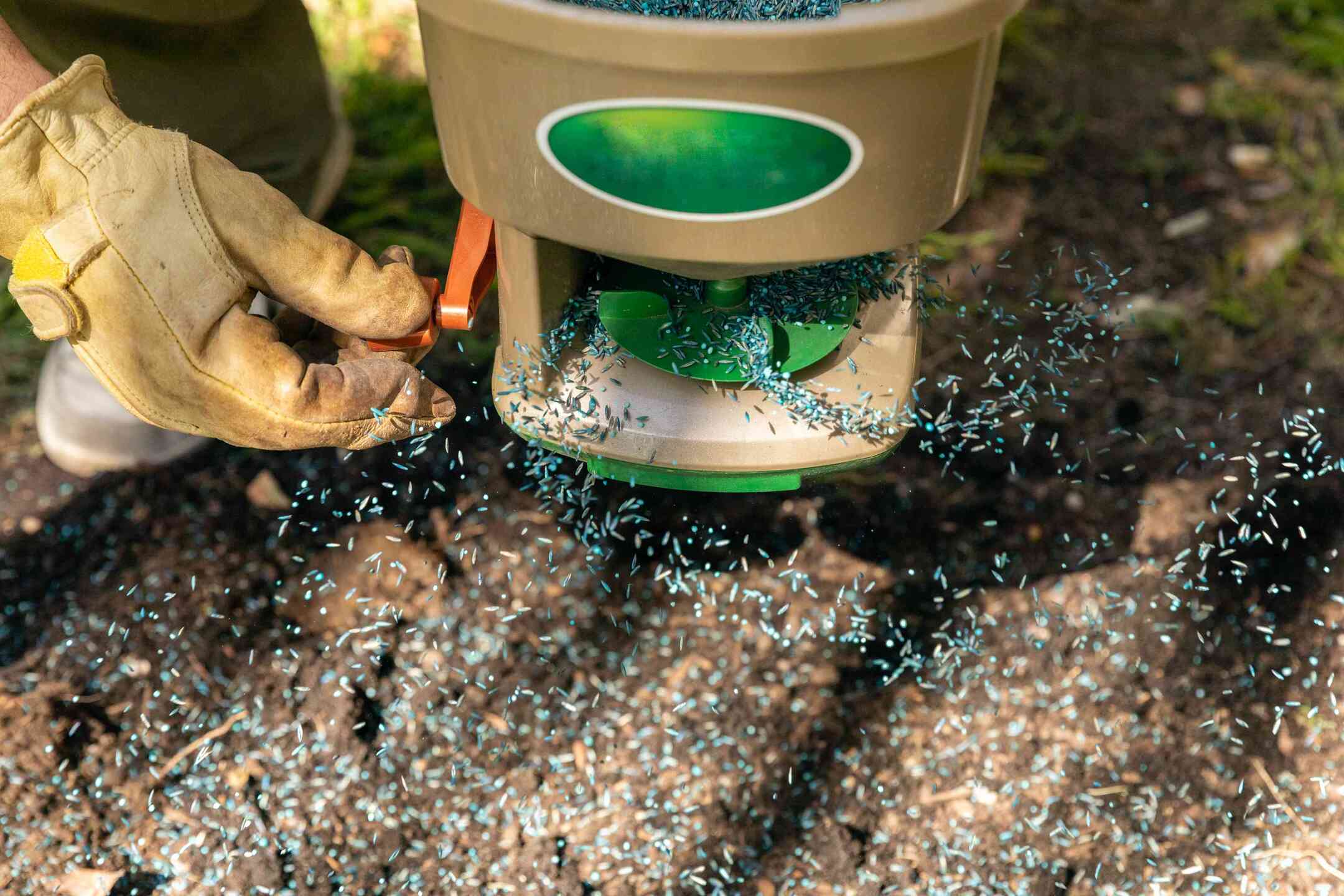

0 thoughts on “How Long Can Seeds Be Stored”